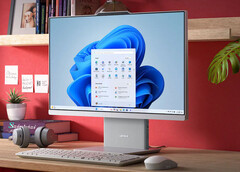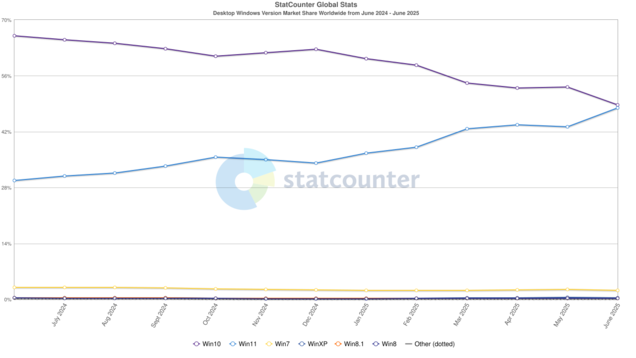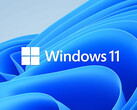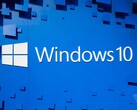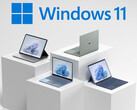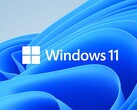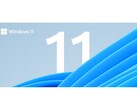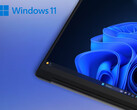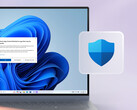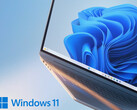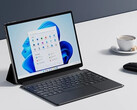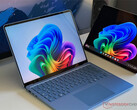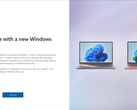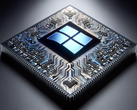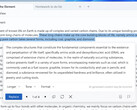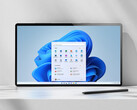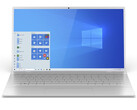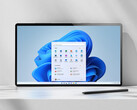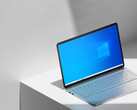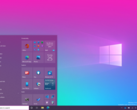Microsoft has reached a significant milestone on the road to phasing out Windows 10, as Windows 11 has finally surpassed its predecessor to become the most used desktop operating system globally. According to the latest data from StatCounter, Windows 11 now holds a 52% share of all desktop Windows PCs as of July 2025, with Windows 10 dropping to 44.59%. This shift comes nearly four years after Windows 11’s launch and just months before Windows 10’s end of mainstream support day.
The adoption of Windows 11 has been a slow but steady climb. The OS captured less than 10% of the market by 2022, grew to 28% in 2023, and then to 36% in 2024. Data from October 2023 indicated that Windows 11 had been installed on more than 400 million devices, but this growth was notably slower than Windows 10’s rollout — Windows 10 reached the 400 million device milestone in just a year, while Windows 11 took twice as long. It was only in 2025, as Microsoft intensified its push ahead of Windows 10’s retirement, that Windows 11 began to rapidly close the gap.
A major reason for the slower pace has been Windows 11’s stringent hardware requirements. While Microsoft did offer a free upgrade path for Windows 10 users, many older PCs failed to meet the new CPU and security standards, leaving millions of devices ineligible. In recent months, Microsoft has ramped up efforts to encourage hardware upgrades, including more prominent full-screen prompts urging users to move to compatible systems. One more thing worth mentioning is that StatCounter data only takes into account PCs that are online and are used for accessing fairly popular websites.
Looking ahead, Windows 10 is set to lose free feature updates on October 14, 2025. Microsoft has offered an additional year of free security updates to users who sign in with a Microsoft account and back up their Documents folder to OneDrive. Those unwilling to do so can pay $30 or redeem Microsoft Rewards points for updates.
Despite some resistance and a slower adoption curve compared to Windows 10, Windows 11 is now firmly established as the dominant desktop OS. Microsoft is betting that a focus on security, cloud integration, and ongoing support will drive even more users to make the switch before Windows 10’s final days.




